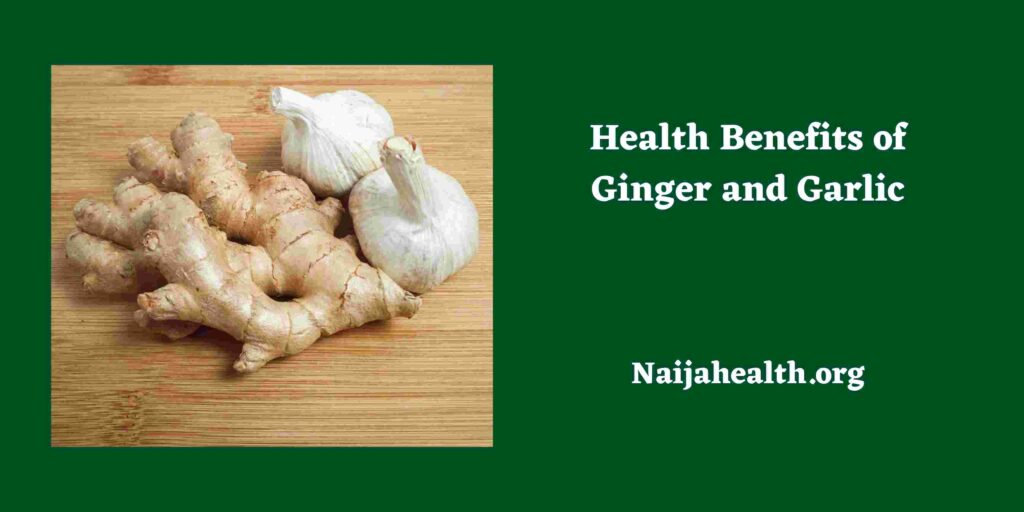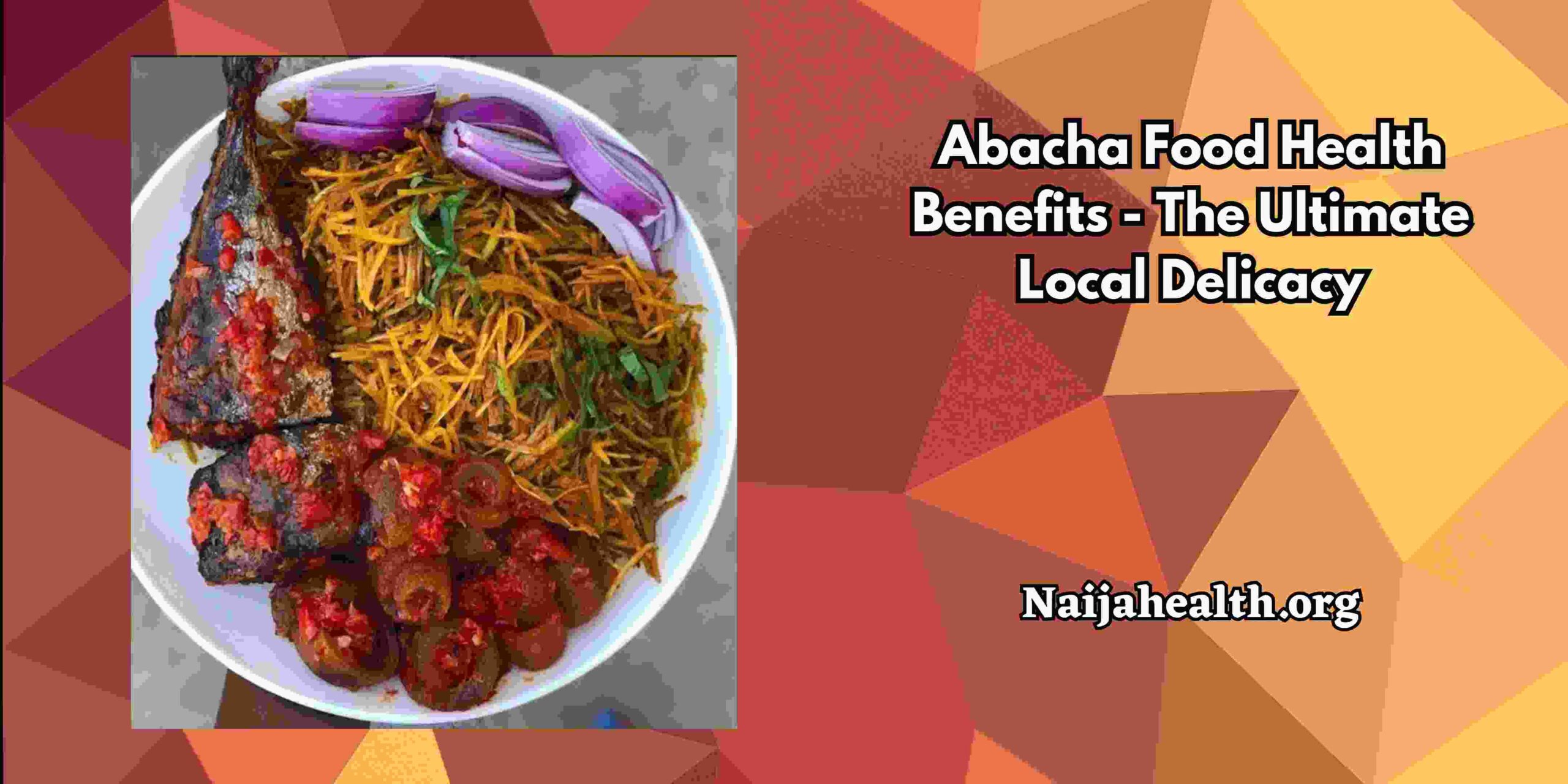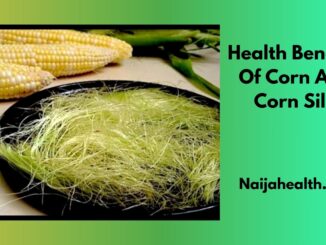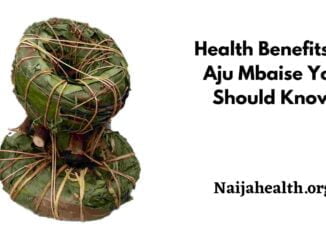
Health Benefits of Ginger and Garlic
In the realm of natural remedies and culinary delights, few ingredients have captured the world’s attention as much as ginger and garlic. These two aromatic wonders have been treasured for centuries, not only for their ability to add richness and flavor to dishes, but also for their remarkable health benefits. From ancient civilizations to modern science, ginger and garlic have stood the test of time, worthy of being considered a powerful duo for promoting overall health.
Ginger
Ginger, is native to Southeast Asia but has become a much-loved and widely used spice around the world. In addition to its culinary uses, ginger has a treasure trove of bioactive compounds that contribute to its exceptional healing properties. Among these compounds are gingerol, shogaol, and paradol, which give ginger its powerful antioxidant and anti-inflammatory properties. Hence, ginger offers many health benefits that support different aspects of well-being.
Garlic
Garlic, is a humble root known for both its pungent aroma and impressive health-promoting qualities. Its use as a cooking ingredient and a medicinal remedy dates back to ancient civilizations, where it was revered for its powerful healing effects. Garlic’s distinctive flavor is due to sulfur compounds, such as allicin, which are released when garlic is crushed or minced. These compounds contribute to the antibacterial, cardiovascular and immune properties, making garlic a veritable superfood with numerous health benefits.
Nutritional Contents of Ginger and Garlic
Ginger and garlic, nature’s powerful duo, not only offer exceptional health benefits, but also offer outstanding nutritional value. These humble ingredients, commonly found in our kitchens, contain many essential nutrients that contribute to their healing properties and improve our overall health.
Let’s take a closer look at the nutritional content of ginger and garlic and find out what benefits they offer:
Nutritional Content of Ginger
Ginger is a low-calorie root that adds flavor to various dishes. Although it is usually consumed in small amounts, its nutritional profile is remarkable:
- Carbohydrates
Ginger contains carbohydrates, mainly in the form of fiber, which promote digestive health and help regulate blood sugar levels.
- Protein
Although ginger is not a major source of protein, it still contributes a small amount to your overall diet.
- Vitamin
Ginger is rich in various vitamins, including vitamin C, vitamin B6 and many B vitamins such as thiamin (B1), riboflavin (B2) and niacin (B3). Vitamin C acts as an antioxidant and supports the immune system, while B vitamins play an important role in energy metabolism.
- Mineral
Ginger contains essential minerals such as potassium, magnesium, phosphorus and manganese. These minerals play a variety of roles in maintaining proper body functions, including nerve function, bone health, and enzyme activity.
- Phytonutrients
The bioactive compounds in ginger, such as gingerol and shogaol, are powerful antioxidants that help fight oxidative stress and inflammation in the body.
Nutritional Composition of Garlic
Garlic is a versatile root known for its rich flavor and many health benefits. While often used in small amounts due to its potency, it offers an impressive nutritional profile:
- Carbohydrates
Like ginger, garlic contains carbohydrates, mainly in the form of fiber that supports digestive health.
- Protein
Garlic provides a modest amount of protein, contributing to your daily protein intake.
- Vitamin
Garlic is particularly rich in vitamin C, which strengthens the immune system and promotes healthy skin. It also contains vitamin B6, which provides various benefits for metabolism and nerve function.
- Miineral
Garlic is a good source of minerals, including manganese, calcium, phosphorus and selenium. Manganese is essential for bone health, while selenium acts as an antioxidant and supports the immune system.
- Sulfur compounds
The most important components of garlic for health are sulfur compounds, such as allicin. These compounds have antibacterial and anti-inflammatory properties that contribute to the healing effects of garlic.
15 Health Benefits of Ginger and Garlic
Ginger and garlic, two culinary treasures with exceptional healing properties, offer so many health benefits that have been recognized and celebrated for centuries. From boosting the immune system to boosting heart health and reducing inflammation, here are 15 notable health benefits of ginger and garlic:
Health Benefits of Ginger
- Anti-inflammatory properties
Ginger bioactive compounds, such as gingerol, help reduce inflammation, which is beneficial for conditions like arthritis and other inflammatory disorders.
- Digestive support
Ginger stimulates the secretion of saliva, bile and stomach enzymes, aids digestion and relieves indigestion, bloating and upset stomach.
- Reduce nausea
Ginger has long been used as a natural remedy for nausea, morning sickness during pregnancy and motion sickness.
- Immune system support
The antioxidants in ginger help strengthen the immune system, helping to fight infection and disease more effectively.
- Pain management
Ginger’s anti-inflammatory properties may also help relieve pain associated with conditions like osteoarthritis and menstrual cramps.
- Improve blood circulation
Ginger may help promote better blood circulation, thus contributing to heart health.
- Lower Cholesterol Levels
Some studies suggest that ginger may help lower cholesterol levels, thereby reducing the risk of heart disease.
Health Benefits of Garlic
- Antibacterial properties
The sulfur compounds in garlic, including allicin, have natural antibacterial and antiviral properties that help the body fight infections and boost immunity.
- Heart Health
Garlic is known to support heart health by reducing blood pressure, cholesterol and triglyceride levels, thereby reducing the risk of cardiovascular disease.
- Prevent cancer
Some studies indicate that garlic consumption may reduce the risk of certain cancers, especially those affecting the digestive system.
- Improve blood sugar control
Garlic may help improve insulin sensitivity and blood sugar regulation, which may benefit people with diabetes or insulin resistance.
- Additional support
Garlic supports liver function, supports the detoxification process and improves the body’s ability to eliminate toxins.
- Anti-inflammatory effect
Garlic anti-inflammatory properties can help reduce symptoms of inflammatory conditions like rheumatoid arthritis.
- Respiratory health
Garlic’s antibacterial properties benefit respiratory health, helping to fight colds, coughs and other respiratory infections.
- Skin and Hair Health
The antioxidants in garlic support healthy skin by fighting oxidative stress and promoting a healthy complexion. Some people also use garlic to combat hair loss and promote hair growth.
How to Incorporate Ginger and Garlic into Your Diet
Incorporating ginger and garlic into your diet is both easy and rewarding, as these delicious ingredients not only improve the taste of your dishes, but also provide numerous health benefits.
Here are some simple and creative ways to add ginger and garlic to your meals:
- Stir-fried dishes
Add chopped or ground ginger and garlic to your stir-fries, vegetable stir-fries or meat dishes. The combination of these two ingredients will give your dish a delicious aroma and taste.
- Soups and stews
Spice up your soups and stews by adding sliced or crushed ginger and minced garlic. They will add depth and heat to the broth.
- Marinating meat and seafood
Make a delicious sauce by mixing ginger, garlic, soy sauce and other seasonings. Let your meat or seafood soak in this delicious marinade before cooking.
- Spice
Spice up your salad dressing by adding fresh ginger or minced garlic to the mix. This will give your salad a unique and spicy flavor.
- Garlic-Ginger Tea
Make a soothing tea by steeping sliced ginger in hot water. For added benefits, you can also add a small amount of crushed garlic to the tea. Sweeten with honey if desired.
- Grilled Vegetables
Toss your favorite veggies in olive oil, minced garlic and sliced ginger before baking in the oven. This brings out the rich flavor of the vegetables.
- Garlic Ginger Oil
Make your own ginger and garlic soak by heating olive oil with sliced ginger and minced garlic. Pour this oil over salads, pastas or grilled meats.
- Ginger and garlic smoothie
Add a small piece of ginger and a clove of garlic to your fruit and veggie smoothies for an unexpected yet energizing taste.
- Garlic bread
Make a delicious garlic butter spread by mixing minced garlic with softened butter and chopped parsley. Spread it on a slice of bread and bake until golden brown.
- Ginger Garlic Sauce
Combine ginger, garlic, soy sauce, rice vinegar, honey, and sesame oil to create a delicious Asian-inspired sauce for salads or cereal bowls.
- Garlic shrimp or ginger chicken
Use garlic for shrimp and ginger for chicken. These combinations work well in stir-fries, pastas, or stand-alone main dishes.
- Ginger and Garlic Soup
Prepare a hearty ginger and garlic soup with the broth, vegetables and protein of your choice. It’s a comforting and nutritious meal, especially during the colder seasons.
FAQs
What are the health benefits of ginger and garlic?
Ginger and garlic offer many health benefits, including anti-inflammatory effects, digestive aids, immune system support, heart health promotion, and antibacterial properties. They may also help relieve nausea, regulate blood sugar, aid in detoxification, and prevent cancer.
How do I incorporate ginger and garlic into my diet?
You can add ginger and garlic to your diet in a variety of ways. Use minced or mashed ginger and garlic in stir-fries, soups, stews, and marinades. Enjoy ginger tea or make a ginger and garlic soak. Mix them into salad dressings, sauces, and smoothies. You can also use pickled ginger as a seasoning or seasoning for meat and seafood with ginger and garlic.
Can I take ginger and garlic while pregnant?
Ginger is generally considered safe during pregnancy and may help relieve morning sickness. However, it is essential to consult your healthcare provider before adding ginger or garlic to your diet during pregnancy.
Are there any potential side effects from consuming ginger and garlic?
Ginger and garlic are generally safe when used in culinary amounts. However, some people may experience mild digestive discomfort or heartburn after consuming large amounts. If you have a specific health condition or are taking medication, it’s best to consult your healthcare provider before using ginger or garlic supplements.
Are there any drug interactions?
Ginger and garlic can interact with certain medications, especially blood thinners and diabetes medications. They can also interact with high blood pressure medications. Always tell your healthcare provider about any supplements or herbs you take, including ginger and garlic.
How to store ginger and garlic?
Store fresh ginger in the refrigerator in a plastic bag and it can keep for several weeks. You can also freeze peeled ginger for longer shelf life. Garlic bulbs should be stored in a cool, dry place away from direct sunlight and will usually last for several months.
Can I take ginger and garlic supplements instead of using them in food?
While ginger and garlic supplements are available, it’s generally a good idea to obtain their health benefits through whole foods whenever possible. Whole ginger and garlic provide a combination of nutrients and bioactive compounds that may be more beneficial than individual supplements.
Are ginger and garlic suitable for vegetarians and vegans?
Yes, ginger and garlic are plant-based and suitable for vegetarians and vegans.
Can I use ginger and garlic for skin care?
Ginger and garlic have antioxidant properties that may benefit skin health. However, it is essential to exercise caution when applying them directly to the skin as they can cause irritation in some people. Do a patch test on a small area of skin before applying them topically.
Can I give ginger and garlic to children?
Ginger and garlic can be incorporated into a child’s diet through food, but avoid giving your child ginger or garlic supplements without consulting your pediatrician.
Conclusion
Ginger and garlic are not just ordinary cooking ingredients; They are nature’s dynamic duo, packed with unsurpassed health benefits and delightful delicacies. Through centuries of traditional use and modern scientific research, ginger and garlic have been proven to be powerful remedies for various health conditions and promote overall well-being.
Ginger, with its anti-inflammatory, digestive and immune system boosting properties, offers many health benefits. It can help relieve pain, aid digestion, and relieve nausea and motion sickness. Additionally, ginger helps support heart health, supports the immune system, and may help regulate blood sugar levels.
On the other hand, garlic is a veritable superfood with antibacterial, cardiovascular, and cancer-fighting properties. Its sulfur compounds, especially allicin, make garlic a great natural remedy for fighting infections, lowering cholesterol levels and reducing the risk of certain cancers. Additionally, garlic supports heart health, helps control blood sugar levels, and aids in detoxification in the body.



Be the first to comment